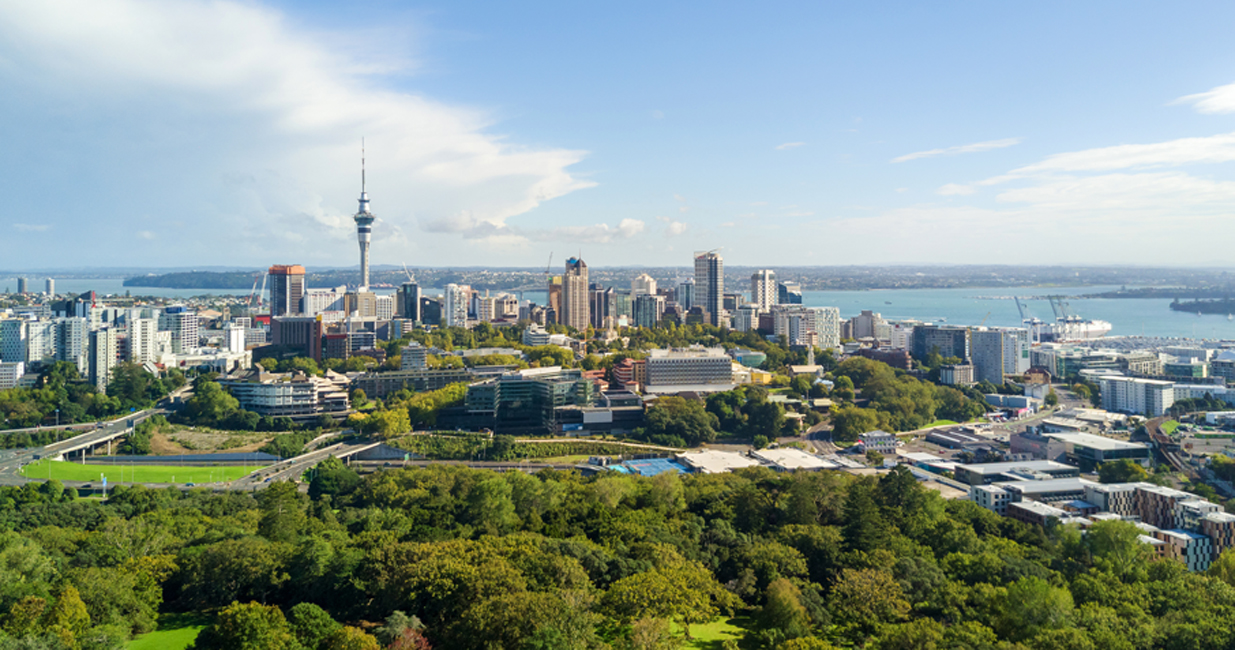
New Zealand GSS market takes the next step with first repeat issuer
The nascent green, social and sustainability (GSS) bond space in New Zealand continued to advance on 3 July, when Auckland Council became the market’s first repeat GSS issuer. Deal sources cite greater acceptance of green as an asset class as further evidence of market maturity.
Auckland Council’s NZ$150 million (US$100.5 million) six-year green bond, with ANZ and BNZ as joint lead managers, follows its NZ$200 million five-year green bond introduced in June 2018. The deal is New Zealand’s third dedicated green bond this year, following Contact Energy’s NZ$100 million 5.5-year deal in February and Argosy Property’s NZ$100 million seven-year in March.
African Development Bank and Housing New Zealand (Housing NZ) also brought respective NZ$150 million 10-year Kauri and NZ$500 million 7.5-year domestic sustainability bonds to the broader New Zealand GSS market earlier this year.
Auckland Council produced the required green-bond documentation under New Zealand’s Financial Markets Conduct Act 2013 for its inaugural green bond, enabling Auckland Council to bring follow-up deals through same-class exemption regulation. The issuer says the proceeds from the latest green bond will be used for financing and refinancing electric trains and cycleways.
Market development
Investor sophistication around the asset class has significantly improved since Auckland Council’s inaugural green bond, according to Matthew Walker, group chief financial officer at Auckland Council.
Walker explains that, compared with Auckland Council’s first green-bond foray where there were a number of questions on the definition of a green bond on the roadshow, this time around there was greater understanding and acceptance of green as an asset class. “Investors have progressed a few steps. The local market’s understanding and engagement is clearly maturing,” he comments.
Patrick Mullins, director, debt capital markets at ANZ in Auckland, agrees the level of investor knowledge has improved. “There were less questions around why Auckland Council was issuing a green bond and what makes a bond green – people now take this as read. There was greater focus on Auckland Council’s underlying credit strength, the NZ$26 billion of capital investment planed over the next 10 years and what its future plans are for issuing green bonds.”
Although the New Zealand market has been slow to start in the GSS space, Walker says this is changing. “Given there is now more supply of green bonds in the market, albeit relatively limited, institutions are placing greater focus on ESG [sustainability and environmental, social and governance] principles. This means exploring green-bond programmes as an investment class."
Walker adds that the awareness and enthusiasm within the organisation, at the management level but particularly at the governance level, has only grown in the last 12 months.
Deal dynamics
The final book was more than 2.5 times subscribed with several new major investors coming into Auckland Council’s deal, sources tell KangaNews. Despite the oversubscription, the issuer’s need capped its transaction at NZ$150 million.
While Auckland Council’s bonds are marketed to both retail and institutional investors, Mullins points out that as a highly rated issuer the relatively tight issue margin and low coupon makes them less appealing to retail investors. Auckland Council bonds tend to be bought by a mixture of fund managers and bank balance sheets thus, Mullins continues, it was pleasing to see some retail investors participate (see chart 1).
Mike Faville, head of debt capital markets at BNZ in Auckland, says the fact that there was a retail bid at all for a bond with a coupon a fraction above 2 per cent demonstrates specific demand for green product from this sector.
The story is similar in the institutional space (see chart 2). “There was some incremental domestic demand that wouldn’t have been there for a nongreen product – and it was of meaningful size,” Faville tells KangaNews.
However, given the limited amount of trading in Auckland Council’s vanilla bonds, John Bishop, treasurer at Auckland Council, says it is difficult to pinpoint exactly how many points inside the curve the green bond priced.

Source: ANZ 10 July 2019
Offshore demand
While offshore participation was subdued, this was purely a product of yield and the small volume on offer (see chart 3). The challenge in New Zealand has been that issuers are reluctant to commit to an asset class that does not have a substantial, demonstrable incremental bid, while it is hard for investment managers to set up specialist funds in the absence of diverse supply.
Offshore demand from already-active funds could be key to progress, and Faville says the market has taken at least one important step towards attracting this bid.
“It is extremely helpful for Auckland Council’s demand that Housing NZ has started issuing in this space – and vice versa,” he explains. “Some offshore accounts don’t even have lines for New Zealand set up, and in this context having two active issuers is a very helpful step to converting interest into bids.”

Source: ANZ 10 July 2019

Source: ANZ 10 July 2019
